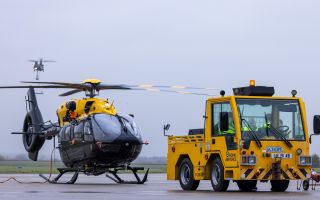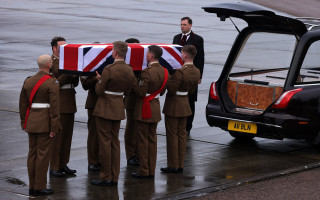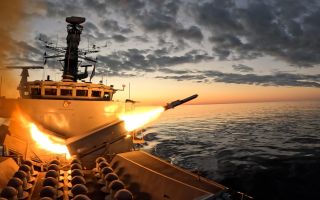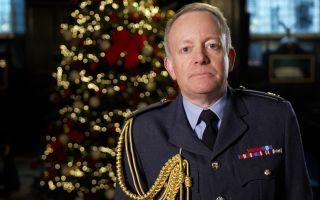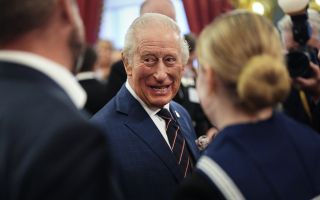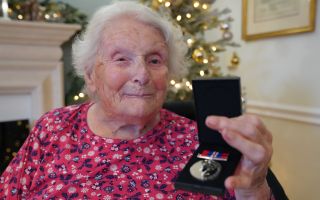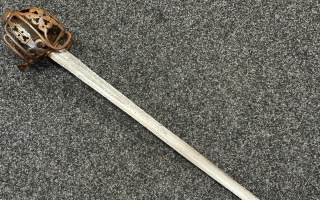On Russia's doorstep: Exercise Bold Panzer sees 1,000 troops conduct wargames
Two weeks of wargames have concluded in northeast Estonia, just 90 miles from the Russian border.
Exercise Bold Panzer involved military might in the air and on the ground, bringing together more than 1,000 troops from across the alliance.
Led by the Royal Tank Regiment Battlegroup, the deployment aimed to test how forces based in Estonia would respond to an invasion by Russia.
Speaking to BFBS Forces News, the commander of the British Battlegroup said recent airspace violations by Vladimir Putin's forces had helped his soldiers understand the real threats they faced.
"The day before we took command of this rotation of [Operation] Cabrit, we had Russian planes flying into Estonian airspace, and Russian drones flying into Eastern Europe," said Lieutenant Colonel Mark Luson.
"That provided the impetus and motivation to make the soldiers understand this is a real-life environment where the threat is imminent to them and can happen at any time."
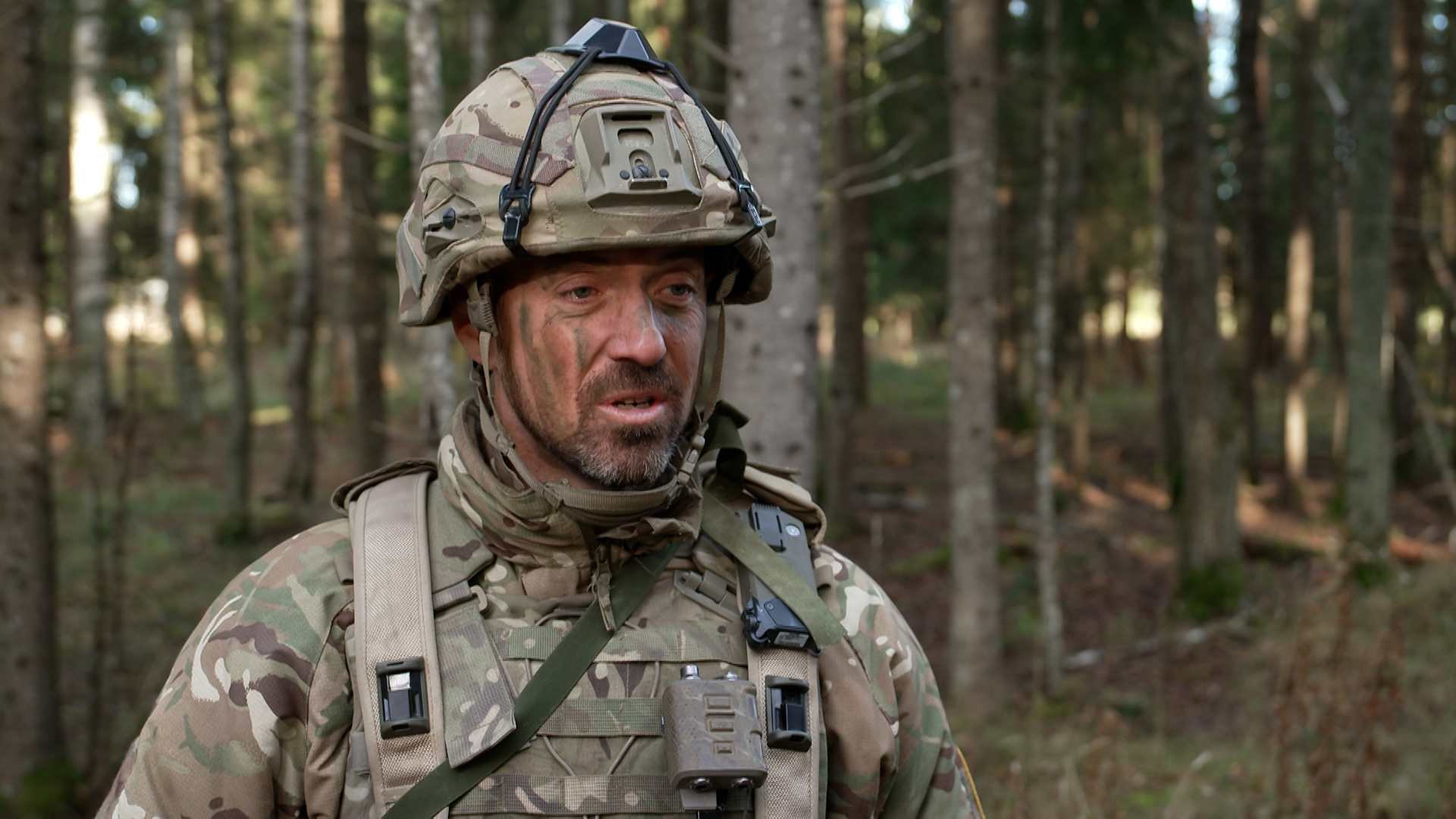
The eastern edge of Nato is defended by eight multinational battlegroups, each led by a different nation.
In Estonia, the British Army provides the battlegroup, rotating twice annually. Since September, that duty has fallen to the Royal Tank Regiment, which has become international in its make-up with the attachment of a company of French infantry.
The exercise sought to replicate what fighting Russia's military might look and feel like, should there be an invasion – although officials wouldn't explicitly refer to Estonia's neighbour.
Instead, the enemy on the exercise was called Red Force, and was provided by troops from Estonia and Latvia.
While infantry from the UK and France fought the Reds in trenches, the wide-open landscape of the training area allowed for an international mix of heavy armour to battle it out, tank to tank.
That included the RTR's Challenger 2s and the Polish army's Leopard 2s – two of the most sophisticated main battle tanks on the planet.
Alongside them were Warriors crewed by soldiers from the Mercian Regiment, and anti-tank personnel from Slovenia – all combining to make the exercise as realistic as possible in the tripwire zone of the Russian borderland.
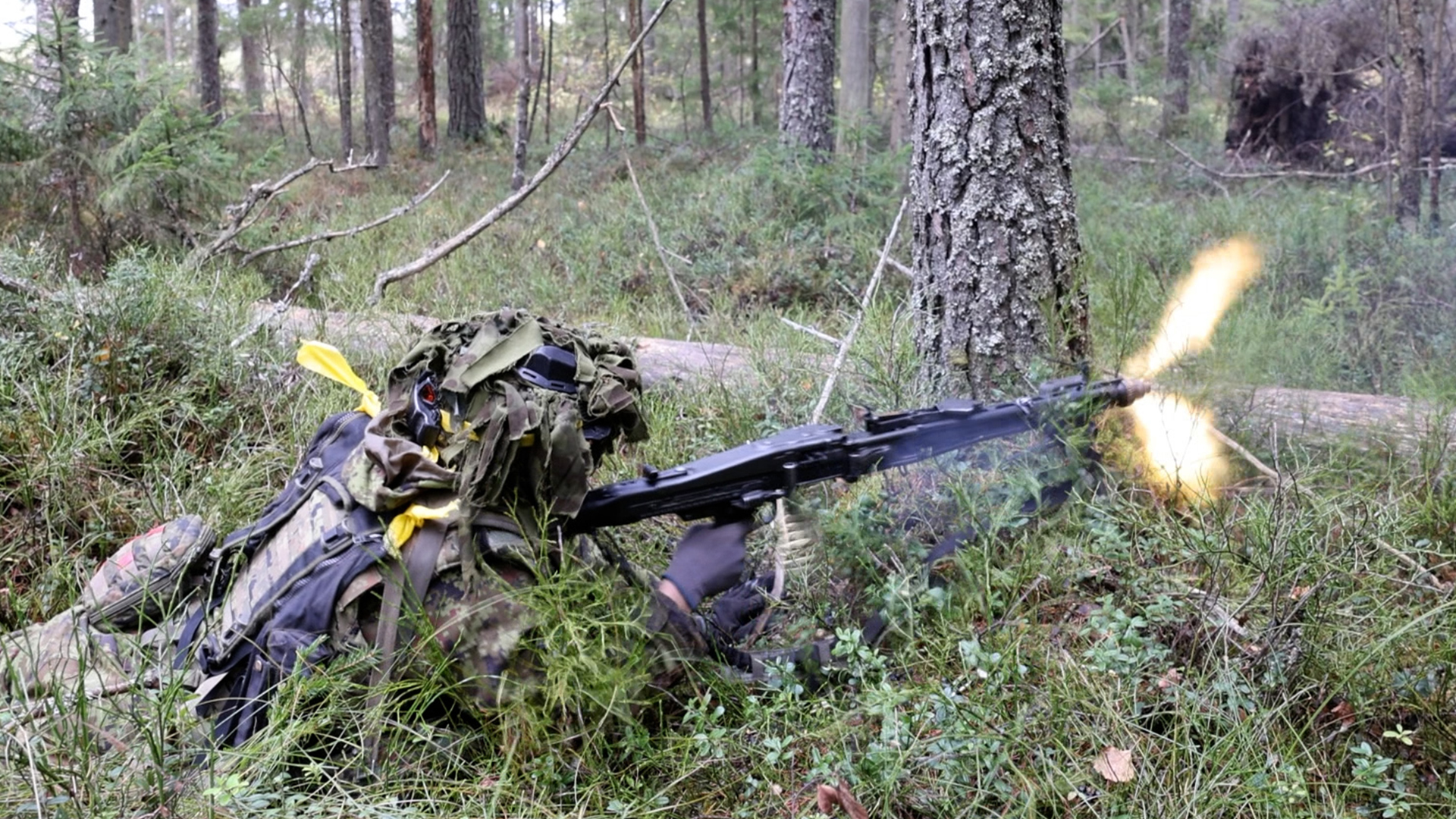
In reality, the battlegroup, alongside Estonian forces, would be required to defend against an invading force while Nato triggered Article 5, requiring those positioned there to hold the line for anything from two to 10 days.
During that time, a reinforcement force would deploy from across the globe – and a war would, it is assumed, ensue.
However, while commanders like Lt Col Luson have to ensure their forces are primed and ready for any such eventuality, it is their very presence in this part of Estonia that helps keep the peace.
They are, in effect, an insurance policy for Nato.
Lt Col Luson explained: "Within that, we've got the opportunity whilst we are here to continue to refine and revise all of our procedures and to better integrate at every opportunity with the Estonians to make sure we are ready for when the fight happens."

